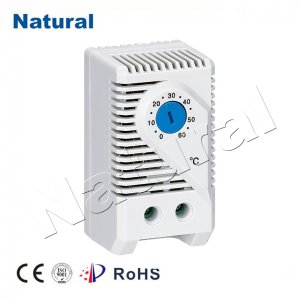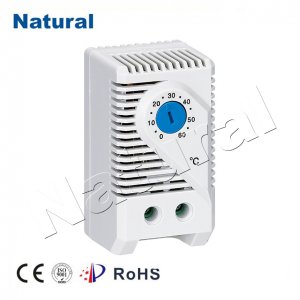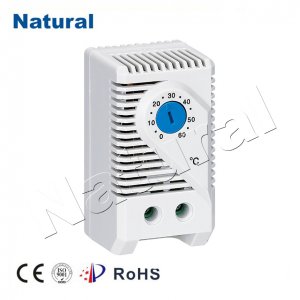A cabinet thermostat is an essential component in various industries, from electronics and manufacturing to home appliance systems. As its name suggests, this device is used to regulate and maintain the temperature inside a cabinet or enclosure. Whether it is for protecting sensitive equipment, ensuring optimal performance, or preserving materials, the cabinet thermostat plays a crucial role in ensuring that the internal temperature remains within a specified range. This article explores the purpose, types, applications, and benefits of cabinet thermostats in modern systems.

What is a Cabinet Thermostat?

A cabinet thermostat is a temperature control device that monitors and regulates the temperature within a specific enclosure, such as a storage cabinet, electrical panel, or server rack. Its primary function is to prevent overheating by activating a cooling or heating system when the internal temperature rises or falls outside a pre-set range. Most cabinet thermostats are designed to be highly sensitive and accurate, allowing them to maintain the required temperature range for various types of equipment or materials. They can be found in different shapes and sizes, depending on the application, and can either be mechanical or digital in nature.
